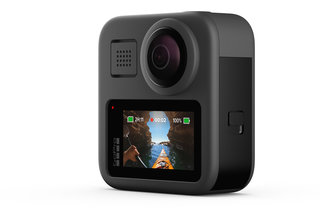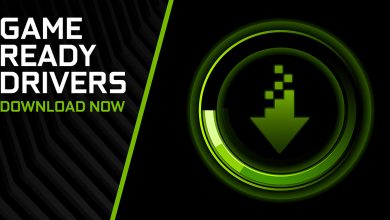5 Essential Tips for Electric Scooter Riders

5 Essential Tips for Electric Scooter Riders
Electric scooters have dominated our streets in recent years. Today, they are visible in almost all big cities in a number of countries on all continents. They are not only easy to use and relatively inexpensive, but also allow for bigger flexibility. While looking at scooter riders who travel the streets at a very fast pace, using an electric scooter may seem to be a piece of cake. Although mastering the art or riding an e-scooter is in fact easy, we should always be cautious and extremely careful while doing so.
A few e-scooter tips for beginners
The presence of electric scooters is growing each year, and so is the number of e-scooter-related accidents. Many beginners using electric scooters for the first time or those who have very little experience in riding them, can reach high speed and then become unable to control the vehicle. There is also a number of different factors that may lead to scooter incidents, e.g. choosing low-performance scooters, improper maintenance or using e-scooters in areas which are not allowed for riders.
To limit the possibility of injury and help you master e-scooter riding, we have prepared several e-scooter tips for all beginners. Check them out!
Tip 1: Select your e-scooter
If you want to begin your adventure with electric scooters, the first thing you need to do is to find the scooter that will suit your needs. Many beginners start with renting. This is a very cost-efficient solution if you want to try out whether scooter riding is for you. The biggest problem with these kinds of scooters is that they can be damaged by previous users, so please bear that in mind! If you want to have an e-scooter on your own, choose the one which was produced by a reliable brand, e.g. Apollo Scooters, where you will find different kinds of high quality scooters.
Tip 2: Never forget about safety equipment
While looking at the majority of e-scooter users, we may see that they don’t use any security equipment. This is a huge mistake, which can lead to serious injuries. Even if you mastered how to operate a scooter to perfection, you could always be involved in an accident caused by someone else. What kind of safety equipment is needed? Well, first of all, a helmet! If you feel insecure while riding, also wear knee and elbow pads. Furthermore, you should remember to wear comfortable shoes with slip resistant soles.
Tip 3: Do a check
Regardless of whether you rent or have your own electric scooter, always remember to do a quick check before riding. Start with checking to see if you have enough battery power to reach your destination and come back. Then, test to see if your brakes and lights work. At the end, check the condition of your tires. These simple steps will only take you a few seconds, but will prevent a possible accident.
Tip 4: Don’t rush
One of the most important electric scooter riding tips is that you should always adjust your speed to the surrounding conditions. What does this mean? If you ride a scooter in a city center, you never know what could happen in a split second, e.g. a small child can jump in front of you. If you are still new to scooter riding, your reaction time will surely leave much to be desired. Move faster only in the areas that do not allow pedestrians, e.g. on special lanes and tracks for cyclists and e-scooter riders. If you need to slow down, remember to lightly push the brakes. Otherwise, you may fall off the scooter!
Tip 5: Check the weather
Although electric scooters can be used in different weather conditions, heavy rain, snow or black ice can really make it hard for you to take control over a vehicle. Wet and slippery surfaces do not only make braking longer, but also hinder the ability to control the e-scooter. If you feel insecure about the weather, don’t force yourself to ride an e-scooter. Safety first!
That’s all for now when it comes to our e-scooter tips for beginners. We hope that you will enjoy riding an e-scooter. Remember to follow our tips and always have eyes in the back of your head to minimize the risk of an accident or injuries.





